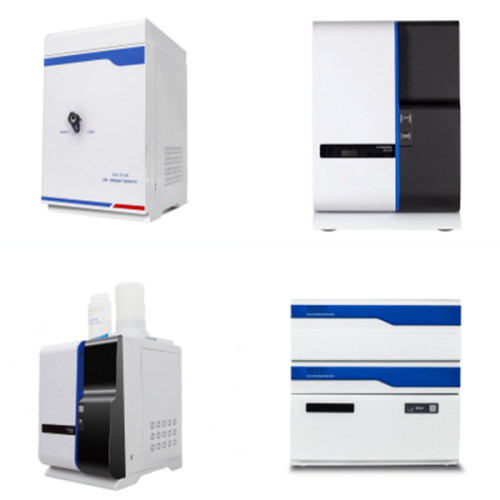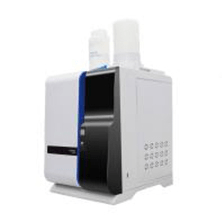What are Common Problems of Ion Chromatography and How to Solve the Problems
Body
Although there are various kinds of ion chromatography on the market, its structure mainly includes five parts: pumping system, sampling system, chromatographic separation column, detector, and data processing. We pay attention to the maintenance of the instrument during its use and operation, to master the ion chromatography analysis technology. Now take the ion chromatograph as an example to introduce the main points, common problems, and solutions of ion chromatography in the use and operation of the equipment.

Two Operation Points of Ion Chromatography
1. Use environmental conditions
Relative humidity: ﹤85%,
Working environment temperature: 15-30℃,
Power supply voltage: 220±10%
It should be equipped with a smooth and flat workbench.
2. Preparations before commissioning
(1) Deionized water or ultrapure water with a conductivity lower than 1μs/cm is required.
(2) The pure water and eluent used should be degassed, which can be degassed by ultrasonic degassing, vacuum pump, water boiling degassing, or online degassing device.
(3) There must be a reliable regulated power supply and grounding wire.
Four Common Problems and Solutions of Ion Chromatography
1. Common faults of conductivity detectors
A common failure of conductivity detectors is the contamination of the detection cell.
Cause of failure: The contaminants mainly come from samples that have not been properly pretreated, such as high concentration and complex sample matrix.
Treatment method:
(1) Wash the conductivity cell with 3mol/L HNO3 solution, and then wash the conductivity cell with deionized water until the pH value is neutral.
(2) Use 0.001mol/L KCl solution to correct the conductivity cell, so that the conductivity value is displayed as 147μS.
2. Analyze the common faults of the pump
Fault phenomenon: The noise of the baseline increases and the shape of the chromatographic peaks becomes worse.
Solution:
The common fault of the analysis pump is the generation of air bubbles and liquid leakage in the pump. Provide sufficient eluent for the analysis pump, and apply a certain pressure (usually less than 35kPa) to the eluent. For solutions that are prone to gas generation, vacuum degassing can be used first, and then inert gas is used for online degassing. If the pump leaks, the pump sealing ring can be replaced.
3. What should I do if the system pressure increases?
Reason: The pressure increase is generally caused by the blockage of the instrument components.
Solution:
When the system pressure is found to increase, it should start from the detector end of the flow path and check one by one to find the specific unit that caused the pressure increase.
For example, when the online filter is blocked, replace the filter element directly. Check whether the peek head in the pipeline is too tight, otherwise, the pressure will increase.
4. Common faults and troubleshooting of ion chromatography suppressor
The suppressor plays a pivotal role in ion chromatography. The working performance of the ion chromatography suppressor has a great influence on the analysis results. The most common failures of suppressors are leakage, which reduces peak area and increases background conductance.
(1) The peak area is reduced
Reason:
The main reasons for the reduction of the peak area are dehydration of the micro membrane, leakage of the suppressor, poor solution flow path, and contamination of the micro membrane.
Solution:
Use a syringe to inject a little 0.2mol/L sulfuric acid solution into the anion suppressor in the opposite direction of the eluent flow path. At the same time, inject a little pure water into the inlet of the regeneration solution, and place the suppressor for more than half an hour. Contaminated metal ions in the suppressor can be cleaned with sodium oxalate.
(2) High background conductance
Reason:
In the process of chemical suppression type conductance detection and analysis, if the background conductance is high, it means that there is a certain problem in the suppressor part. Most are caused by improper operation
Solution:
When the failed suppressor is in use, the background conductance will continue to rise. At this time, a new suppressor should be replaced.
(3) Leakage
Reason:
The main cause of suppressor leakage is insufficient hydration of the micro membrane within the suppressor.
Solution
The ion chromatography suppressor that has not been used for a long time should be allowed to swell with water before use. In addition, it is necessary to ensure that the outlet of the regeneration liquid is smooth. Thus, when the back pressure is large, it will also cause the suppressor to leak. In addition, if the suppressor is improperly stored, the micro membrane in the suppressor shrinks and ruptures, and liquid leakage will also occur.








Comments